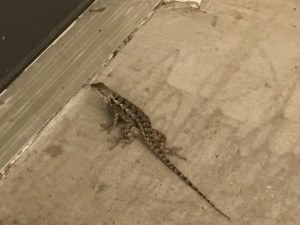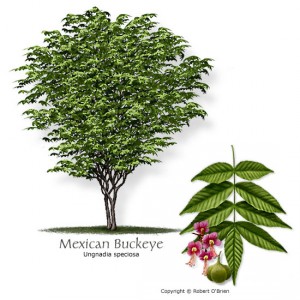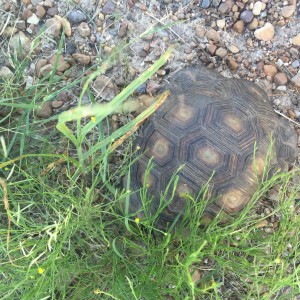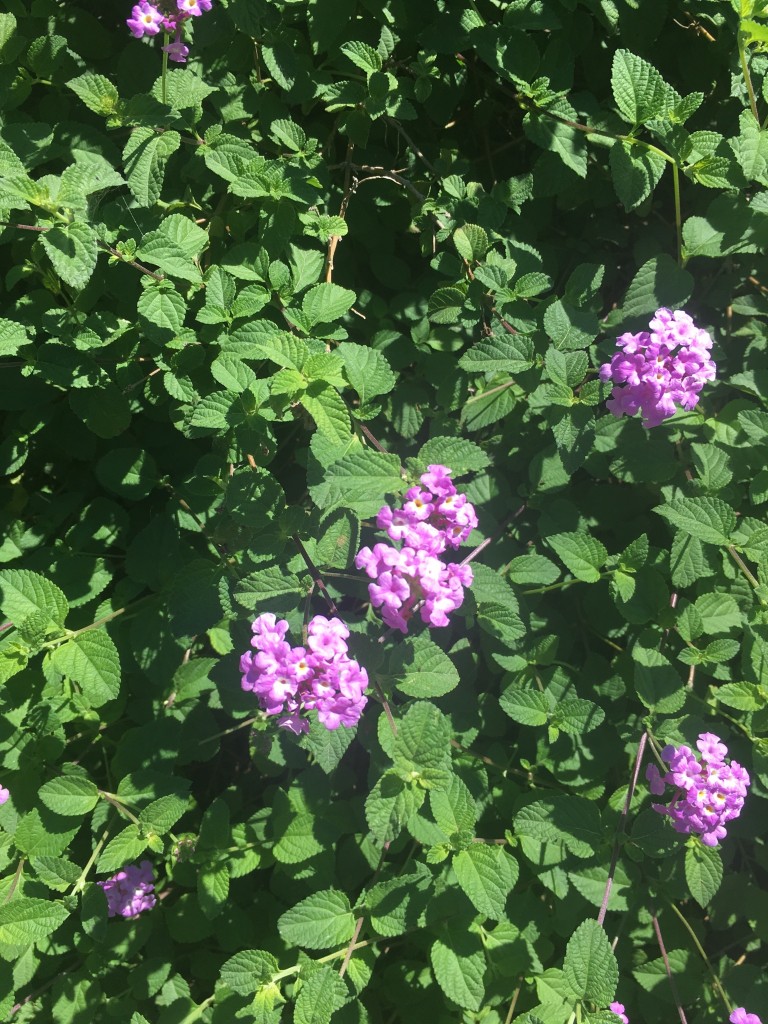The Texas spiny lizard is the most common lizard in the Austin area. I was walking my dog and on my way back to my apartment I found this critter relaxing right outside my door. They are grey with white and black blotches. Their common name comes from their spiny scales in which they sometimes get mistaken for horned lizards. The difference between these two are that the spiny lizard is arboreal where their color acts as good camouflage with tree bark. Their diet consists of insects like most lizards.
My iNaturalist post can be found here



